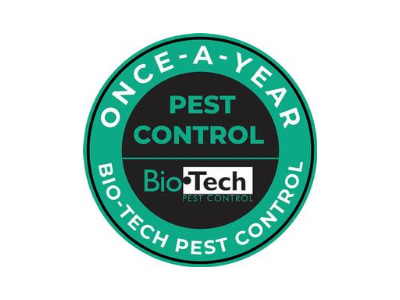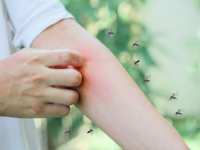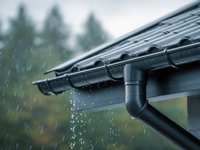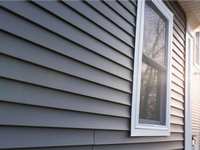- Categories :
- More
Categories
Wildlife Removal
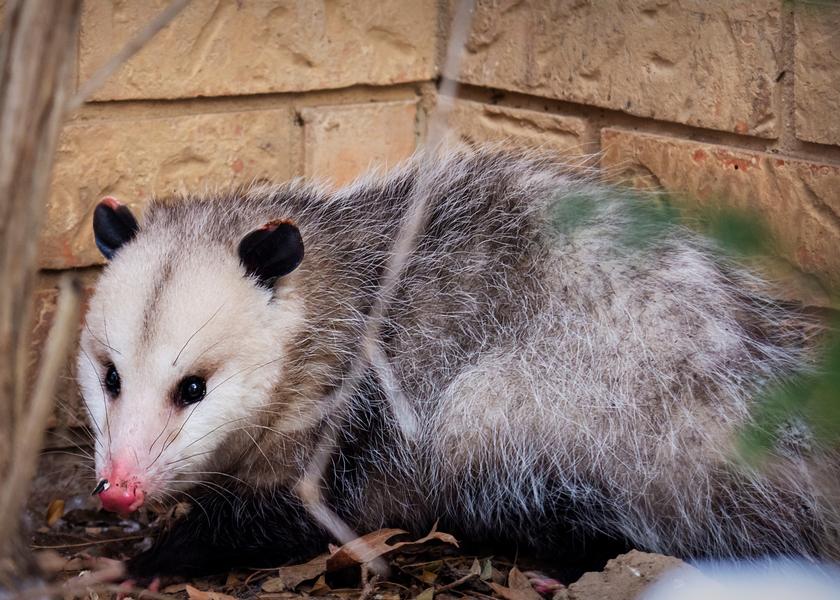
Options for wildlife removal from your home include trapping and relocation, exclusion methods, and deterrents. The process of wildlife removal from your home can vary. Depending on the type of animal and the location, wildlife removal from homes is important for several reasons:
- Health and Safety Risks: Many wild animals can carry diseases such as rabies, which pose a serious health risk to humans and pets. Their droppings can also carry pathogens that cause illness. Removing wildlife from homes minimizes these health risks.
- Property Damage: Wild animals can cause significant damage to homes. They can damage wires, insulation, and wood, cause fires, and create openings for more pests to enter.
- Preventing Infestations: Once an animal makes a home in your property, it can attract others, leading to an infestation. This can be more difficult and costly to address than removing a single animal.
- Peace of Mind: Wild animals in the home can cause stress and discomfort for homeowners. Removal can restore peace of mind and ensure the home remains a safe and comfortable environment.
The best ways to address wildlife removal from your home:
- Identify the Animal: It’s important to identify the type of wildlife that has entered the home. Common animals include squirrels, raccoons, opossum, and rodents.
- Determine Entry Point: Locate how the animal entered the home. This could be through a hole in the roof, an open window, or a crack in the foundation.
- Use Humane Traps: If needed, set humane traps to capture the animal without causing harm to it. Traps use bait to attract animals and have a mechanism to close the door when the animal enters.
- Seal Entry Points: After removing the animal, it’s crucial to seal up any entry points to prevent future intrusions. This can involve repairing structural damages or installing barriers.
- Let the animal go far away from home, ideally in its natural environment.
- Clean and disinfect the area to prevent the spread of any potential diseases it may have carried.
- Prevention Measures: Finally, take preventive measures to deter wildlife from entering the future. This can include securing garbage cans, trimming trees near the house, and using repellents.
Addressing wildlife intrusions promptly and considering hiring professional services is important to ensure safe and effective removal. Call or contact Bio-Tech Pest Control at 936-249-0917.
Comments •

